Satyendra Nath Bose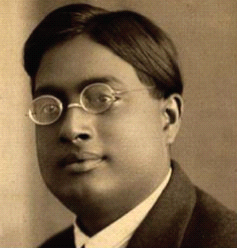
Satyendra Nath Bose was a theoretical physicist and mathematician from India. His work on quantum mechanics in the early 1920s led to the development of the Bose statistics and the Bose condensate hypothesis. Bose's early 1920s work on quantum mechanics and his association with Albert Einstein in creating the theory of Bose-Einstein statistics is what he is most known for. He was a Fellow of the Royal Society and was awarded the Padma Vibhushan in 1954 for his contributions to theoretical physics, the second-highest civilian distinction in India. Early LifeSatyendra Nath Bose was born in Calcutta, India, on January 1, 1894. Bose was a top student in both high school and college. He received the highest marks possible in all his exams, including those for his graduate and post-graduate degrees. He earned his M.Sc. in mixed mathematics from the Presidency College in Calcutta in 1915. Before returning to Calcutta (1945-1956), he taught at the University of Dacca from 1921-1945. Between 1918 and 1956, Satyendra Nath Bose published many scientific papers that expanded statistical mechanics, knowledge of the electromagnetic properties of the ionosphere, the theories of X-ray crystallography and thermoluminescence, and unification field theory. Einstein requested Bose's assistance after reading Planck's Law and the Hypothesis of Light Quanta (1924). 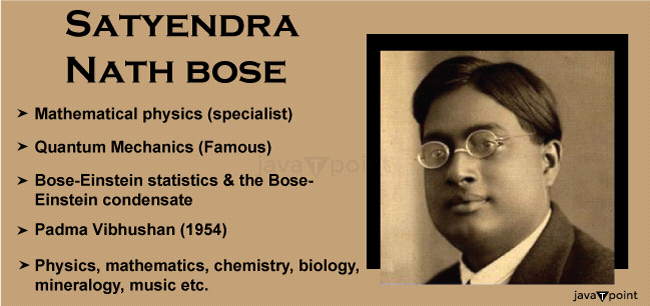
Satyendra Nath Bose demonstrated a curiosity for scientific inquiry in his early years. He was influenced by the writings of prominent mathematicians and scientists of the day. He devoted a great deal of time to the study of mathematics, physics, and other scientific fields, igniting his desire to learn about the intricate workings of the cosmos. Bose built a solid foundation in mathematics and theoretical physics as a result of his academic brilliance and enthusiasm for scientific research. His future contributions to science were therefore set up because of this. Bose's commitment and intellectual prowess were recognised by both his teachers and classmates throughout his academic career. He developed a reputation as one of the most brilliant brains of his generation as a result of his extraordinary intellectual prowess. Bose's curiosity and love of learning only deepened as he developed as a scientist. He had no idea that his study would pave the way for ground-breaking quantum mechanical findings as well as the notions of Bose-Einstein statistics. The early years and education of Satyendra Nath Bose were crucial in determining his future as a renowned physicist. His tremendous contributions to science and his enduring impact in the field of theoretical physics were made possible by his academic excellence, love of research, and ambition to uncover the mysteries of the cosmos. Contributions of Satyendra Nath Bose to PhysicsIn 1921, Satyendra Nath Bose started his employment as a Professor in Physics at the brand-new Dacca University. While giving a lecture, he prepared a paper that derived Planck's Law. His study was titled Planck's Law and the Quantum Hypothesis of Light. Max Planck explained in the theory of black body radiation in 1900 that light is released in discrete amounts (quanta) rather than as a continuous wave. He developed this formula, but neither he nor other scientists believed it to be adequate. Albert Einstein later explained the photoelectric phenomena based on Planck's quanta as photons in a work that was published in 1905. Many of his coworkers, nevertheless, did not share his whole faith in his as-of-yet-undeveloped photon theory. In these circumstances, Satyendra Nath Bose sent Albert Einstein the article once more in June 1924, pleading passionately with him to read it. 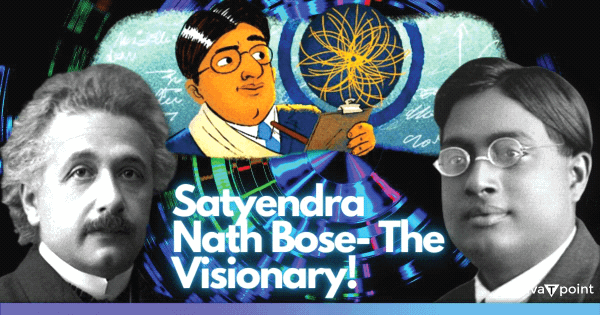
Immediately, Einstein recognised the significance of this study. This research was supposed to validate and revolutionise his theory of the photoelectric effect. Due to his status as a deity, Einstein had a lot of authority. After it was rapidly published, Bose quickly attracted attention around the country. After that, Einstein personally invited Satyendra Nath Bose to work with him. Together, they created the Bose-Einstein statistics, a crucial and fundamental phenomenon in quantum physics. Louise de Broglie, Erwin Schroedinger, Paul Dirac, and Heisenberg were key figures in quantum theory who passionately embraced and valued his work. Quantum StatisticsQuantum statistics, now a well-known topic of physics, had not yet been discovered. Theoretically, this branch was developed by Bose. Scientists have been able to rationally and scientifically resolve a number of issues because of quantum statistics. Albert Einstein received another paper from Bose. The eminent scientist was unable to see how Bose's solution might be applied to physics. He wrote an article in which he expressed his doubts. Bose thought it would be more suitable to discuss the paper with the eminent scientist Einstein in person rather than via letter. He was arranging a visit when he learned of Einstein's unexpected death, which shocked him. Einstein was regarded by Bose as his master. For his encounter with Einstein, he had a document that was specially tailored. He had decided to honour him with this article. The fact that his master was not present to accept his donation caused him great disappointment. 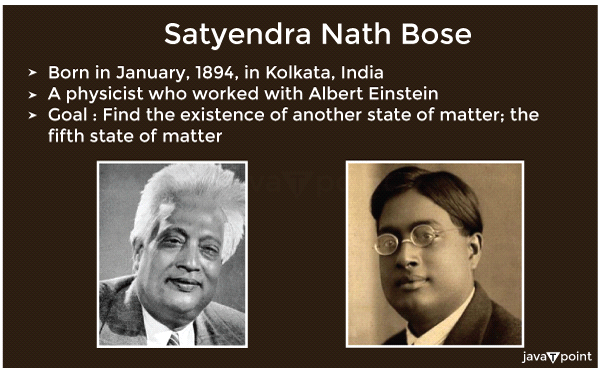
He shattered the article itself in a fit of rage. Bose was able to investigate new areas of inquiry under the capable leadership of the powerful and renowned physicist Albert Einstein. He used this pronoun throughout all of his correspondence with him. In turn, Einstein had given a warm reply. Every time Bose brought him a problem, Einstein would work with him to find a solution, just like a teacher does with his students. Bose successfully continued his physics studies during a time when there was minimal support for academic endeavours and made the discoveries of the boson and the Bose gas. He began his investigation into the crystal structure by preparing some photochemicals himself and using X-ray technology. Many of Bose's pupils have contributed significantly to this field of study. Bose planned an exhibition of their work for this conference. He did all of his outstanding studies in mathematical physics. He did, however, have a diverse range of interests. Achievements of Satyendra Nath BoseThe tremendous scientific accomplishments and contributions of Satyendra Nath Bose have had a long-lasting effect on theoretical physics. Among his notable accomplishments are: Satyendra Nath Bose was chosen as an advisor to the Council of Scientific and Industrial Research in recognition of his experience and knowledge in the scientific community after the Council of Scientific and Industrial Research was established. Leadership Positions: Bose was appointed to head major scientific organisations like the National Institute of Science, the Indian Statistical Institute, and the Indian Physical Society. His leadership encouraged scientific study and research in India. Bose was appointed to head major scientific organisations like the National Institute of Science, the Indian Statistical Institute, and the Indian Physical Society. His leadership encouraged scientific study and research in India. Bose was chosen to serve as the general president of the Indian Science Congress, demonstrating his prominence in the scientific community and his commitment to developing scientific understanding in the nation. Bose was also named general president of the Indian Science Congress. He was given a nomination for the Rajya Sabha. He received the honorary title of Fellow of the Royal Society in 1958. In 1954, Bose received the Padma Vibhushan award. Despite being nominated, Satyendra Nath was not given the Nobel Prize. 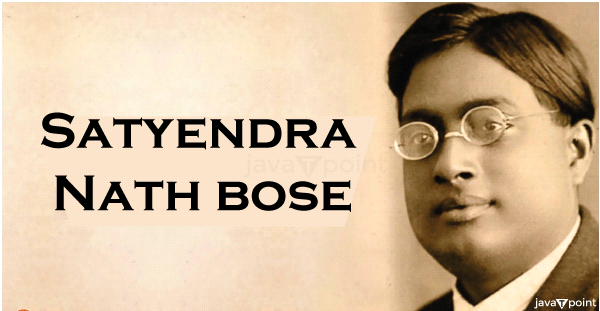
Bose may not have been offended because, in the world of science, having a name immortalised in the language of the field was far more durable than receiving a Nobel Prize. This sight would have hurt Indians. Satyendra Nath Bose is one of the most renowned people in theoretical physics, and his discovery is still recognised as one of the greatest achievements of the 20th century. Legacy of Satyendra Nath Bose in Later LifeBose maintained his academic career in India after his landmark work on Bose-Einstein statistics. Later, he went back to Kolkata and worked as a professor at the University of Calcutta. Bose got various accolades and awards throughout his career in recognition of his significant contributions to mathematics and physics. At the age of 80, Satyendra Nath Bose passed away in Kolkata on February 4, 1974, leaving behind a significant legacy in the study of quantum mechanics. His work on Bose-Einstein statistics served as a springboard for later quantum physics developments and significantly influenced how we now understand the behaviour of particles at the atomic and subatomic scales. The famous Bose Award for Physics, created in Bose's memory, is one of several scientific organisations and programs that honour his legacy and the contributions he made to science. His groundbreaking work has served as an example for many generations of physicists and is proof of the genius and resourcefulness of Indian scientists working around theoretical physics. ConclusionThus, Satyendra Nath Bose's enormous impact on theoretical physics and his unwavering pursuit of scientific knowledge have elevated him to the ranks of science's most distinguished leaders. His legacy lives on through his revolutionary work and the honours he has garnered for his outstanding contributions to science. FAQSQ. What is Satyendra Nath Bose's theory? A. Satyendra Nath Bose is well known for his contributions to the theories of relativity and quantum mechanics. In a paper published in 1924, he developed Planck's quantum radiation equation without mentioning classical physics. Q. What did Satyendra Nath Bose invent? A. One of Satyendra Nath Bose's most famous inventions is the idea of bosons, a category of fundamental subatomic particles with integer spin. Q. Who founded quantum statistics, and when? A. The father of quantum statistics is regarded to be Satyendra Nath Bose. With the discovery of the Bose-Einstein statistics in 1924, he established quantum statistics.
Next TopicSonia Mann
|
 For Videos Join Our Youtube Channel: Join Now
For Videos Join Our Youtube Channel: Join Now
Feedback
- Send your Feedback to [email protected]
Help Others, Please Share










